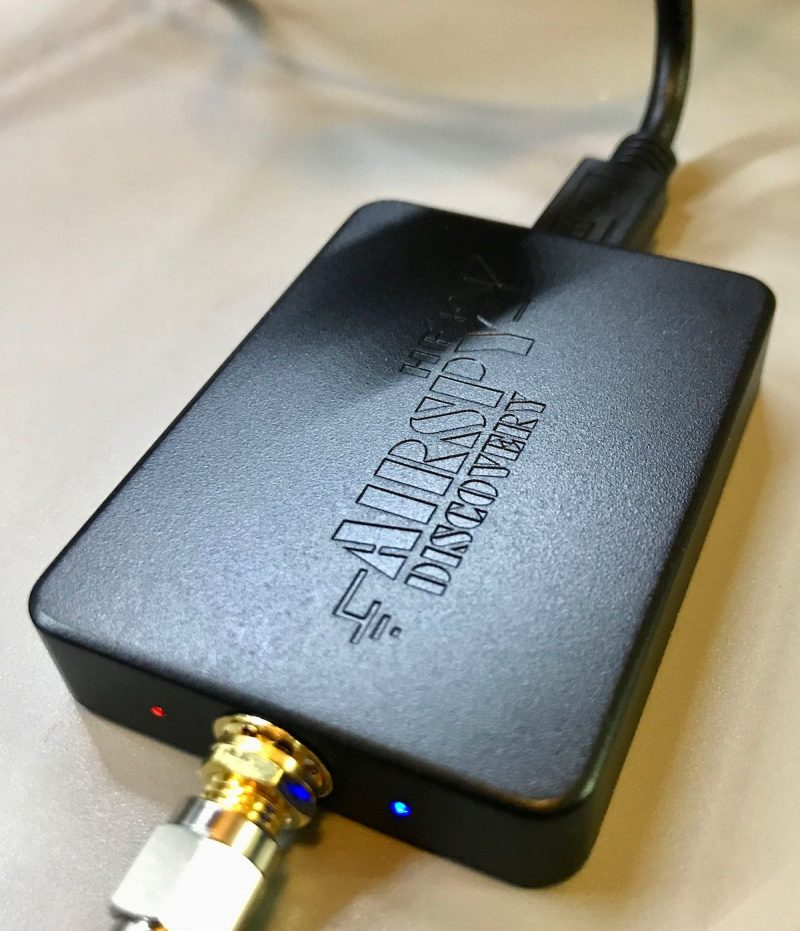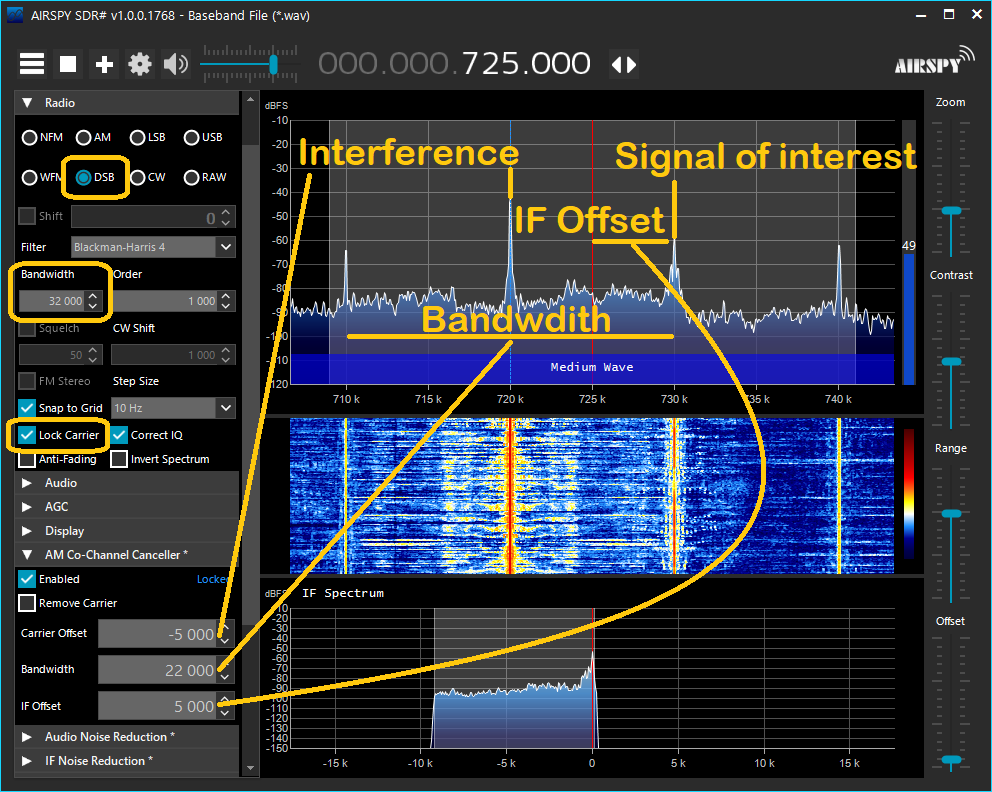Many thanks to Jon Hudson with SDRPlay who notes:
Want to add SDR software to an existing Raspberry Pi setup? Check out our new SDRplay-related software installer scripts: Add SDRplay-related software to your existing Raspberry Pi SD card – SDRplay

Many thanks to Jon Hudson with SDRPlay who notes:
Want to add SDR software to an existing Raspberry Pi setup? Check out our new SDRplay-related software installer scripts: Add SDRplay-related software to your existing Raspberry Pi SD card – SDRplay
Many thanks to SWLing Post contributor, Chris Rogers, who writes:
[Here’s] an interesting new amplifier that is suitable for SDR’s and antennas like Youloop etc with Bias-Tee provision. Unsure of the specifications.
The ad claims made in North America:
https://www.nooelec.com/store/lana-hf-barebones.html
Thanks for the tip, Chris! Yes, it’s a bit of a surprise it’s made in North America. I must admit that these Nooelec amps all look the same to me, so I’m guessing this model is simply the latest iteration?
Post readers: have you used this particular LNA? Please comment!
 If you’ve been thinking about pulling the trigger on an Airspy product, now’s the time!
If you’ve been thinking about pulling the trigger on an Airspy product, now’s the time!
Airspy is once again offering huge discounts during their 2020 Black Friday promotion.
For example, their Airspy HF+ Discovery SDR–which I consider to be one of the best HF SDRs on the market–is 30% off ($119 US). This is a phenomenal deal on an amazing SDR!
 The YouLoop antenna is only $20.97 US. Click here to read my review of the YouLoop.
The YouLoop antenna is only $20.97 US. Click here to read my review of the YouLoop.
That’s such a good deal, I’m contemplating the purchase of a second one.
Both the HF+ Discovery SDR and YouLoop are the major components of my portable SDR DXing kit. During the Black Friday sale, you can purchase both for $141 US! That’s much less than the normal price of the HF+ Discovery alone.
It seems all Airspy distributors are participating in the sale, so click here to find the distributor that ships to your part of the world.
[Just found out the Frugal Radio channel also discovered this sale!]
Check out this brilliant episode of Tech Minds How It’s Made which features SDRplay:
Many thanks to SWLing Post contributor, Peter Wilson, who writes:
Hello Thomas,
I noticed you have included the SDR# AM Co-channel Canceller in your blog, I’ve made a video of the SDR# FM Co-channel Canceller in action.Es IQ files are from August 2020, received using an Airspy HF+ Discovery using SDR# 1732, near Lobatse, Botswana. Playback
in SDR# 1772.
A couple of people asked me why the SDR# FM Co-Channel Canceller was only cancelling adjacent channel signals in my video above.
This video is for you:
FM Co-Channel Canceller separating two stations 60kHz apart on the OIRT FM band, received by Es in the UK:
Wow! This is simply amazing! Thank you for the demonstration Peter.
Again, the Co-Channel Canceller is a free upgrade for SDR# users.
AirSpy’s Youssef Touil shares a video from YouTube author “PY3CRX&PY2PLL” which dramatically demonstrates the extent to which the Co-Channel Canceller tool can uncover a much weaker signal beneath a powerful one:
Youssef commented on the video that It only needs some tweaking to the lock/offset to get a perfect decode. So, presumably the result could be even better than heard here.
For more information on the Co-Channel Canceller, see my original article here, and the follow-up piece.
Guy Atkins is a Sr. Graphic Designer for T-Mobile and lives near Seattle, Washington. He’s a regular contributor to the SWLing Post.
In my earlier article, I introduced the Co-Channel Canceller, a unique feature in AirSpy’s SDR# program for the benefit of medium wave DXers.
Now only a day later, software author and AirSpy founder Youssef Touil expands the toolset of Co-Channel Canceller with I.F. Offset and Channel Bandwidth controls.

To download this latest release, click here to go to AirSpy’s downloads page.
It’s my hope that AirSpy will publish a tutorial or YouTube video(s) with step-by-step examples to help with using this unique feature. Until then, it’s certainly fun to try!
Guy Atkins is a Sr. Graphic Designer for T-Mobile and lives near Seattle, Washington. He’s a regular contributor to the SWLing Post.